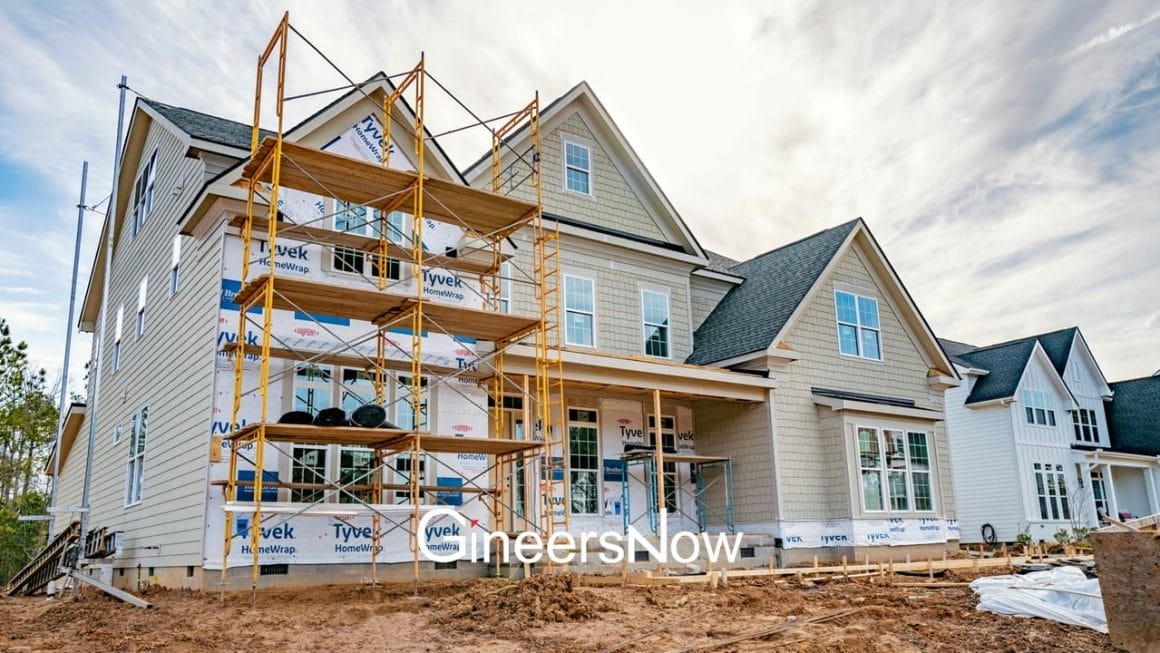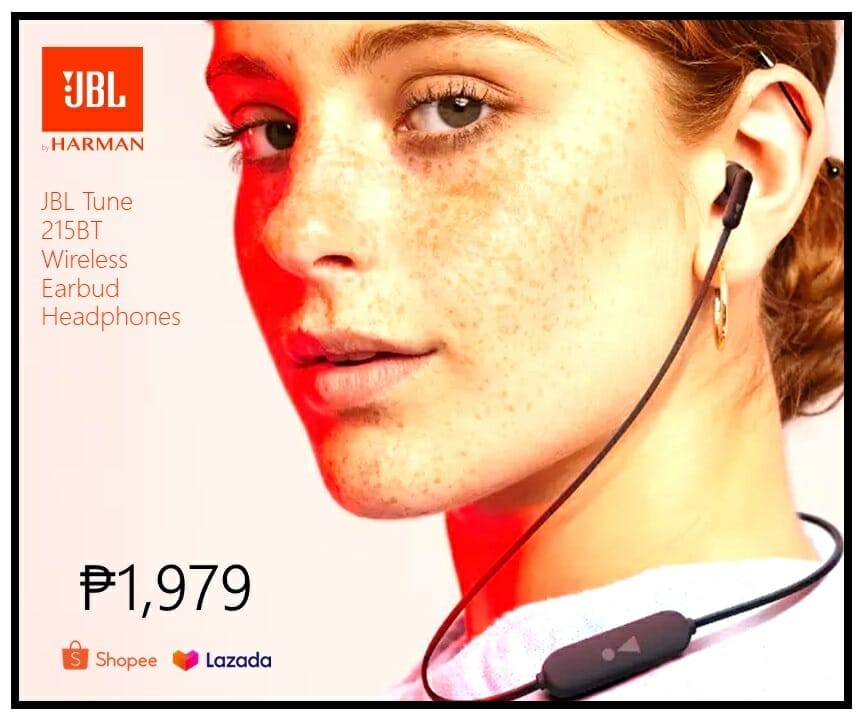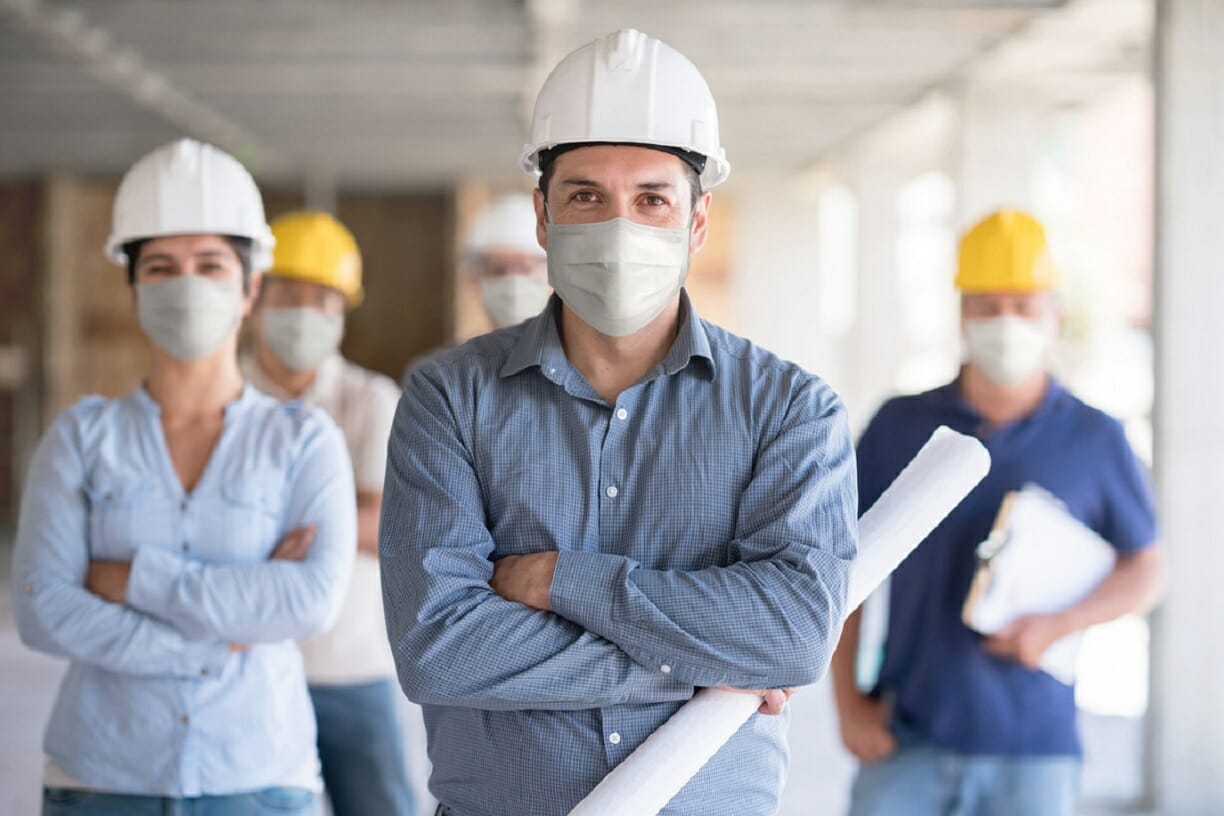Residential construction workers are no strangers to heights, power tools, and heavy materials. This exposes them to hazards that can cause injuries or even end their life.
In 2022, it’s said that a worker died every 96 minutes from a work-related injury, indicating the need to be intentional in upholding safety.
Yet, the pain doesn’t end at the construction site. Injuries lead to lost wages, emotional suffering, negative lifestyle changes, name it. And the homeowner faces project delays that could end up being costly.
Thus, it’s critical to put the necessary measures in place. Such tragedies are indeed preventable if you direct enough effort to safety precautions. This post presents practical steps you can take to protect workers from harm. Read on to learn more.

1. Plan comprehensively
Your first mission should be creating an in-depth safety plan. Start by assessing potential risks unique to your site. This could be falls from heights, electrical hazards, exposure to toxic materials, being struck by falling objects, and collapse of trenches and other excavations. Analyze each of these risks individually, clearly describing what could go wrong.
After identifying the risks, formulate mitigation measures for each of them. Also, work out precise communication procedures in case these risks occur. Place emergency contact information at easily accessible spots throughout the worksite. Adequate preparation keeps the workers protected and minimizes the damage if the worst happens.
2. Take precautions against falls
The Occupational Safety and Health Administration (OSHA) identifies falls as the leading cause of death in construction. Of all deaths that occurred in the construction industry in 2020, more than 33% were due to falls, slips, and trips. Moreover, the construction industry contributed 46.1% of all falls, slips, and trips in 2020.
For this reason, employ appropriate fall protection measures on your residential construction site. Construction sites with elevated work areas rely on scaffolding for worker access. Ensure you get your equipment from reliable scaffolding contractors. These are carefully inspected to ensure every piece is structurally sound without significant wear and tear that can endanger your workers’ lives. Extensive training on proper scaffolding usage is also necessary.
Require team members working at heights to wear harnesses. Anchor these to immovable supports like beams or columns. They help prevent workers from hitting the ground should they slip accidentally.
3. Ensure workers are trained and certified
Training and certification are critical ingredients for safety. Every worker hired for your residential construction project must have relevant training in the specific jobs they’re handling. This includes electricians, plumbers, crane operators, welders, and heavy equipment operators. Their experience shouldn’t be taken as enough qualification. Ensure they’ve had formal training in their trade.
OSHA officials have been gearing up efforts to equip construction workers with the requisite knowledge since 1971. Between 2016 and 2020, they managed to train 5.21 million workers in hazard recognition and mitigation. Find OSHA-approved institutions near your area and enroll workers.
You’d also want them to enroll in ongoing refresher training and safety workshops. Remember, laws evolve dynamically. What they learnt years back in college may be outdated today. Moreover, new construction equipment is introduced every other day with technological advancement, necessitating continuous learning.
4. Use equipment properly
Misuse of equipment is a typical cause of accidents at construction sites. The workers tasked with operating various equipment must be adequately coached on their safe use, plus related precautionary measures. They must fully master the user manual provided by the manufacturer and follow it to the letter.
Maintenance is also critical. Don’t wait for a given machine to break down so you take action. Schedule regular maintenance for each equipment. Have a detailed checklist highlighting all the machine aspects you’re supposed to inspect. Follow this with prompt repairs for any component needing attention. And upgrade any outdated equipment. Being proactive in equipment maintenance upholds their efficiency and safety.
5. Organize the worksite
Cluttered construction sites are a sure recipe for disaster. Workers can easily trip over improperly placed materials or tools, leading to falls or electrical hazards. So, keep all walkways free of debris, tools, and materials.
Also, sufficient lighting is needed, especially in high-traffic and potentially hazardous areas. It promotes better visibility, minimizing accidents.
Identify specific areas for storing materials and disposing of waste, and ensure all workers use them appropriately. Such organization goes a long way to preventing accidents.
6. Be strict on personal protective equipment (PPE)
PPE offers protection against numerous construction site hazards. So, require workers to wear them always. Below is a brief outline of some essential PPE:
- Hard hats: These protect the head from falling objects;
- Goggles: These shield the eyes from dust, sparks, debris, and other projectiles.;
- Gloves: These protect hands from injuries when handling hazardous materials;
- Lanyards: These prevent falls from heights;
- Respirators: These prevent the inhalation of harmful dust, fumes, or chemicals;
- Reflective clothing: These improve visibility, reducing the risk of being struck by workers operating vehicles or machinery; and so on.
Build a culture of wearing PPE at the construction site. Insist that it’s a must, not just another optional convenience.
In Conclusion
Prioritizing safety is essential in residential construction sites. It starts by identifying potential risks and defining appropriate mitigation measures. Establish a culture of safety, where each worker does whatever little thing is in their power to promote overall safety at the site.
Indeed, being proactive when it comes to safety issues at the construction workplace goes a long way to protecting your personnel from harm, ensuring your construction projects proceed without hitches and unnecessary delays.














